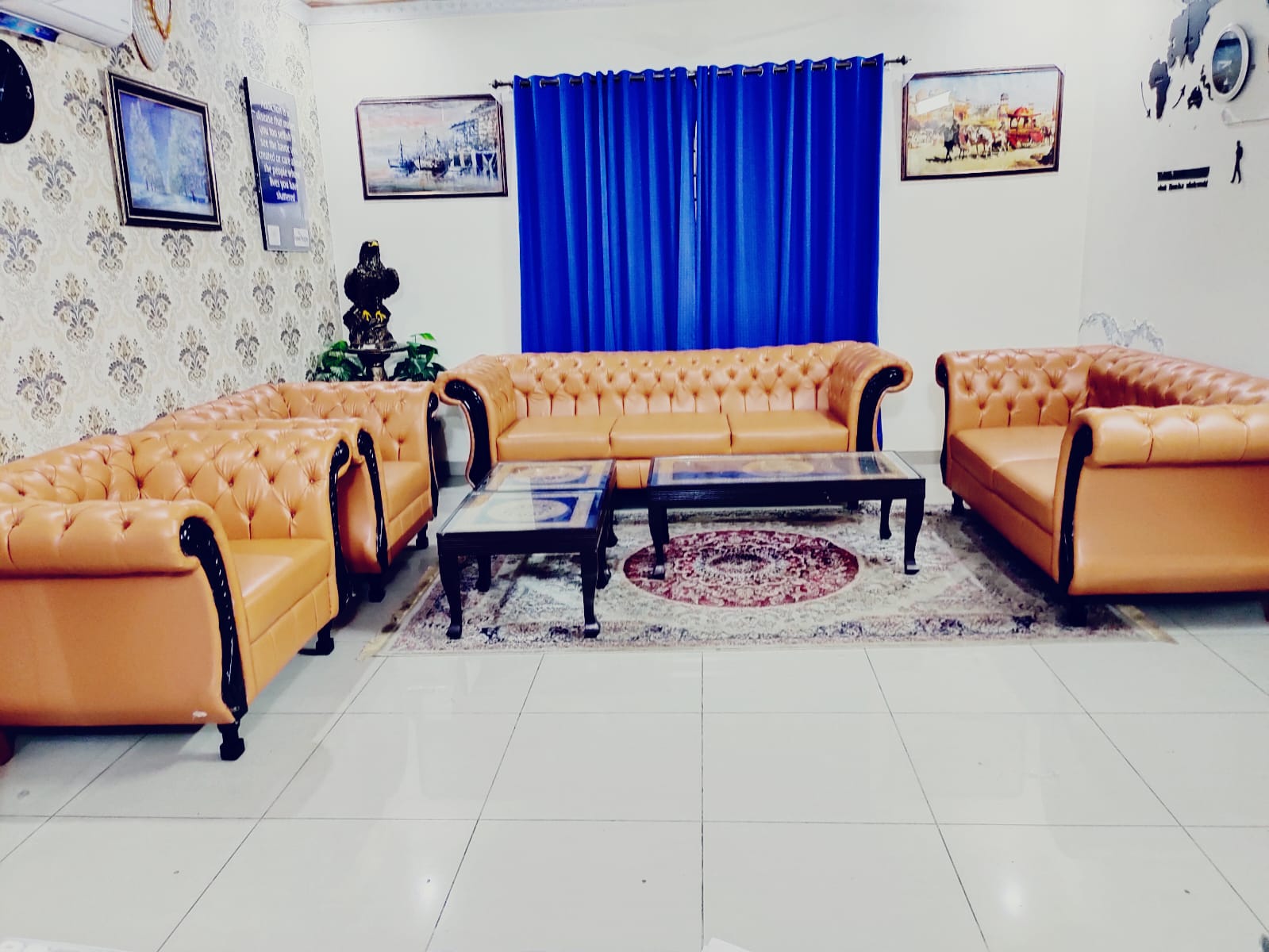
Best Rehabilitation Centre in Swat KPK Pakistan
Best Rehabilitation Centre in Swat KPK Pakistan New Hope Rehab Centre, one of the top & Best Rehab Centre in Swat, KPK, Pakistan for Drug Addiction treatment. It is one

Best Rehabilitation Centre in Swat KPK Pakistan New Hope Rehab Centre, one of the top & Best Rehab Centre in Swat, KPK, Pakistan for Drug Addiction treatment. It is one
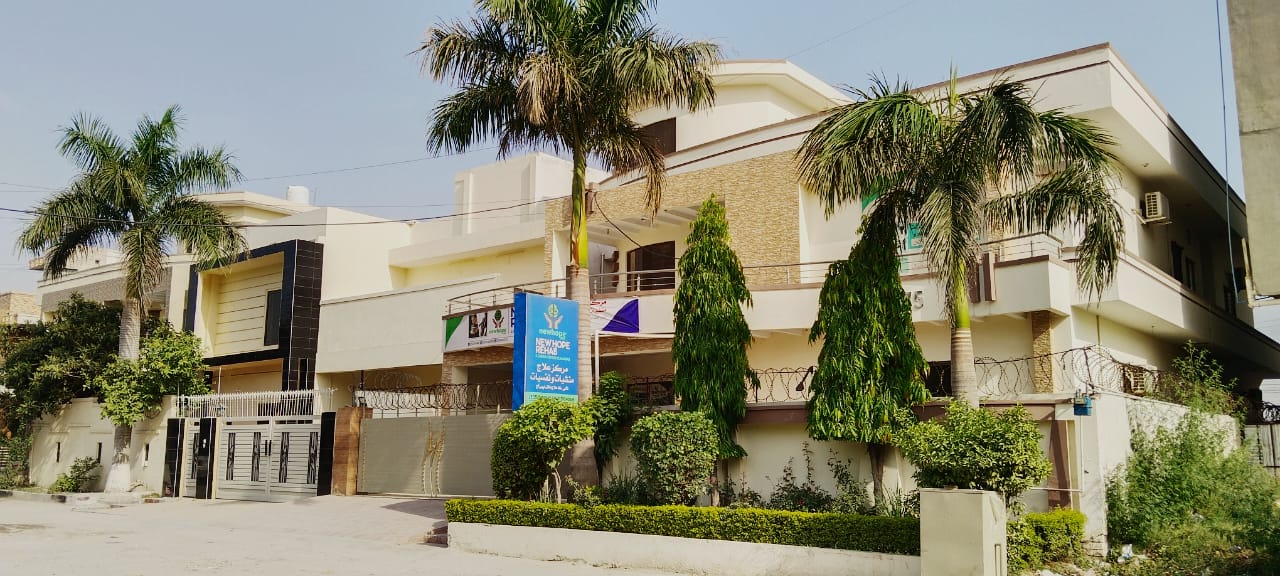
Drug Rehabilitation Centre in Azad Kashmir, Pakistan Drug addiction and alcoholism are two major problems that are faced by many people today. This blog post will discuss how New Hope
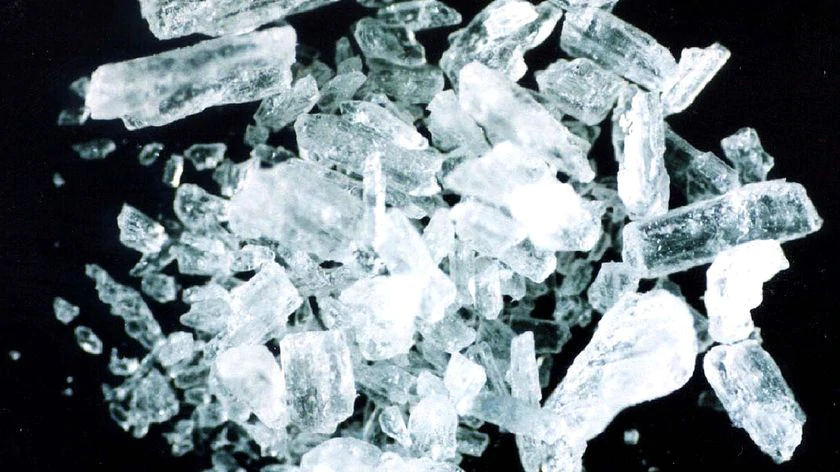
Treating Crystal Meth ICE Patients Experience of New Hope and New Inception Rehab Center Islamabad Youth is the main asset of any nation. Thay are ones who are supposed to
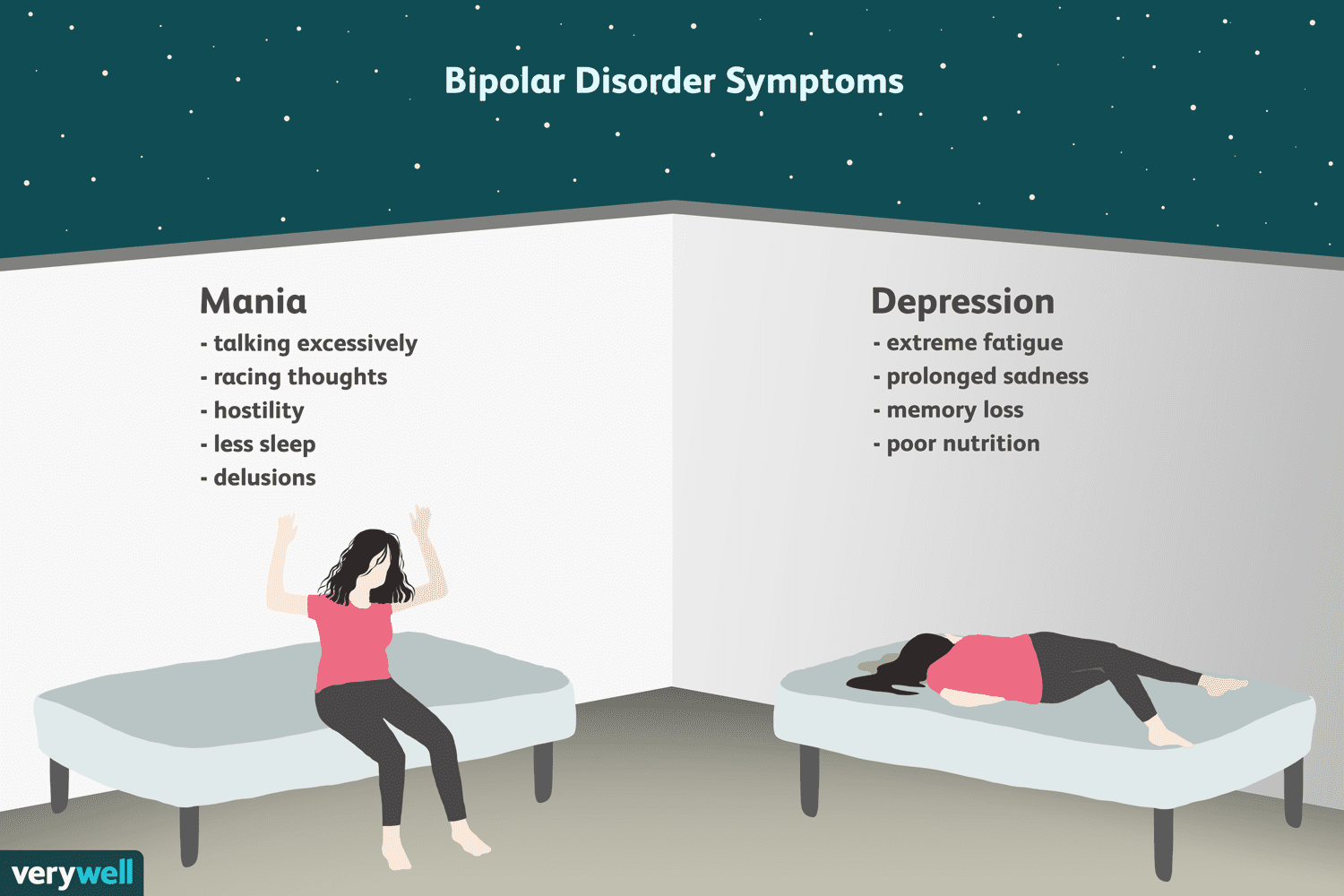
Bipolar Disorder – New Hope is Best Rehab Center Islamabad Bipolar disorder is a serious mental illness that causes unusual shifts in mood. Ranging from extreme high (mania) to low depression.
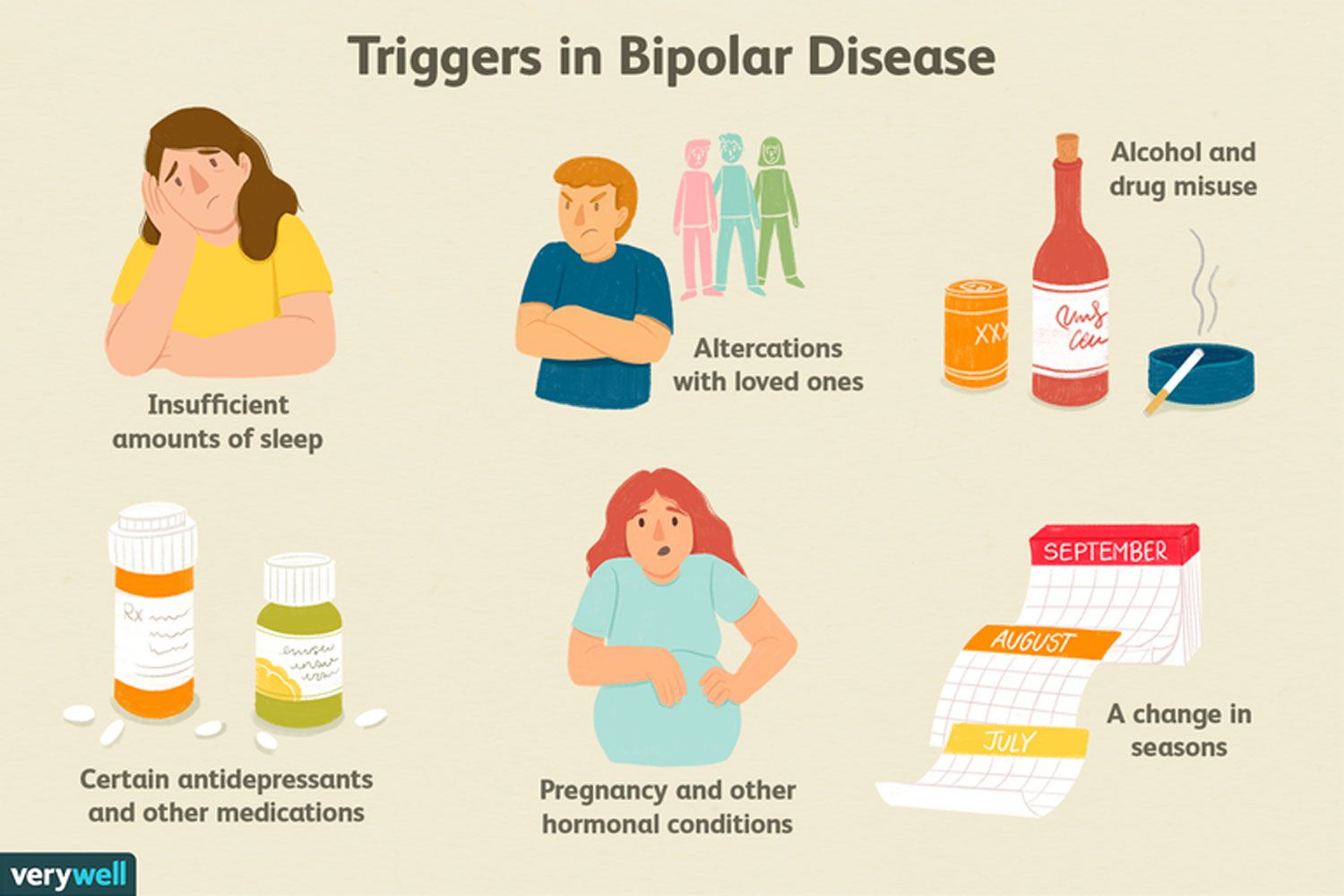
Bipolar Disorder Bipolar disorder is a serious mental illness that causes unusual shifts in mood. Ranging from extreme high (mania) to low depression. Bipolar disorder is disabling and severe psychiatric
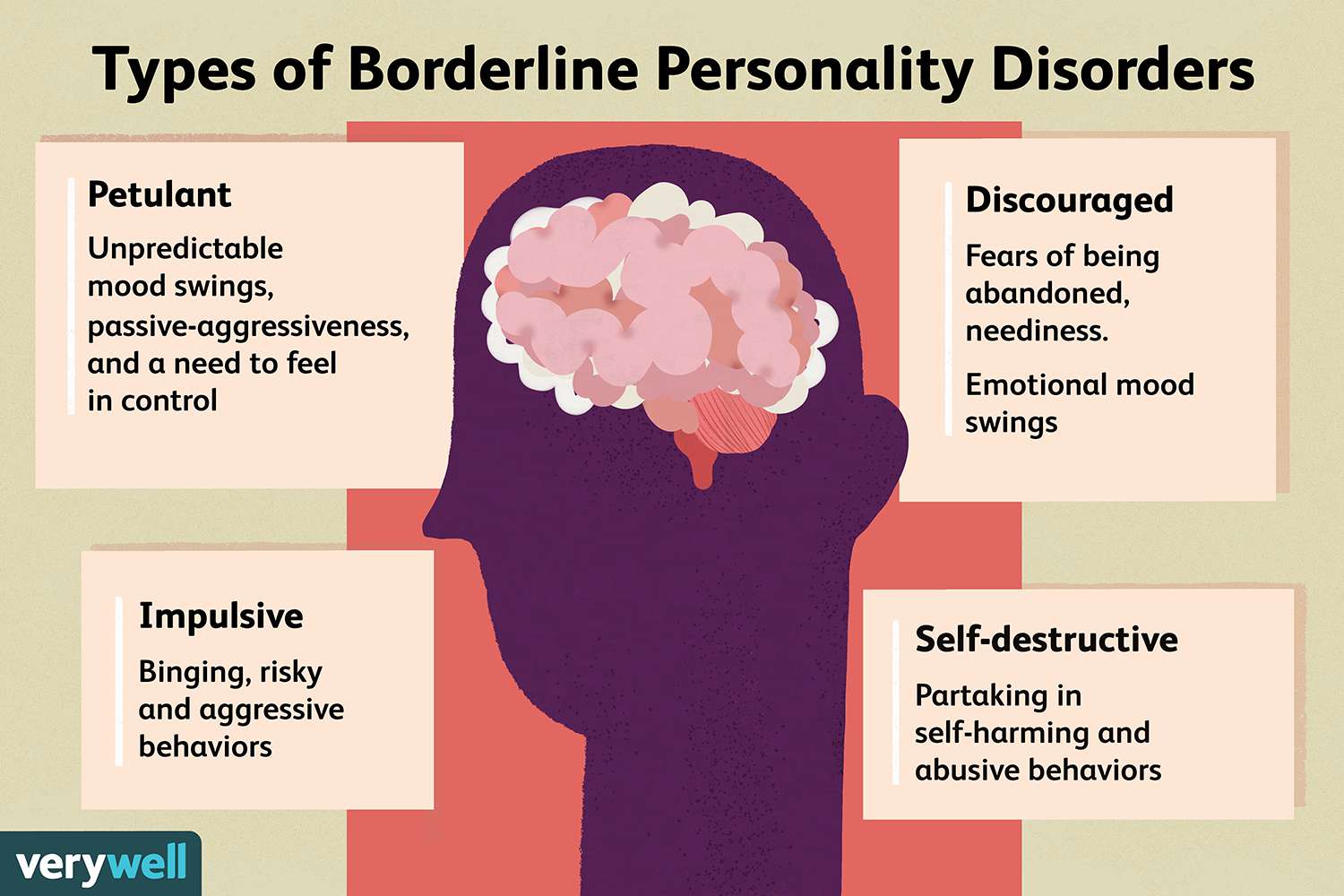
BORDERLINE PERSONALITY DISORDER NEW HOPE REAHAB AND CARING CENTER ISLAMABAD Borderline personality disorder is a mental illness that severely impacts a person’s ability to regulate their emotions. This loss of
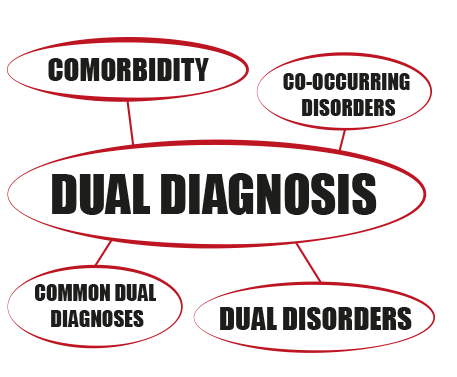
DUAL DIAGNOSIS AND ITS CHALLENGES A person with dual diagnosis has both a mental disorder and an alcohol or drug problem. These conditions occur together frequently. About half of people who have
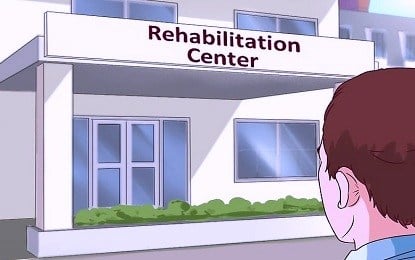
The Most Effective Rehabilitation Facility in Islamabad The Islamabad Addiction Treatment Center is the most effective rehabilitation facility in Islamabad. The center offers a variety of treatment options for those suffering from

New Hope Rehab is a Luxury Rehabilitation Centre in Islamabad New Hope Rehab is a luxury rehabilitation centre in Islamabad. It is completely leading addiction treatment centre in Islamabad. The centre
WhatsApp us